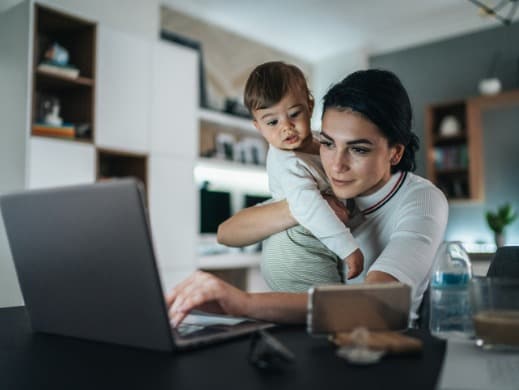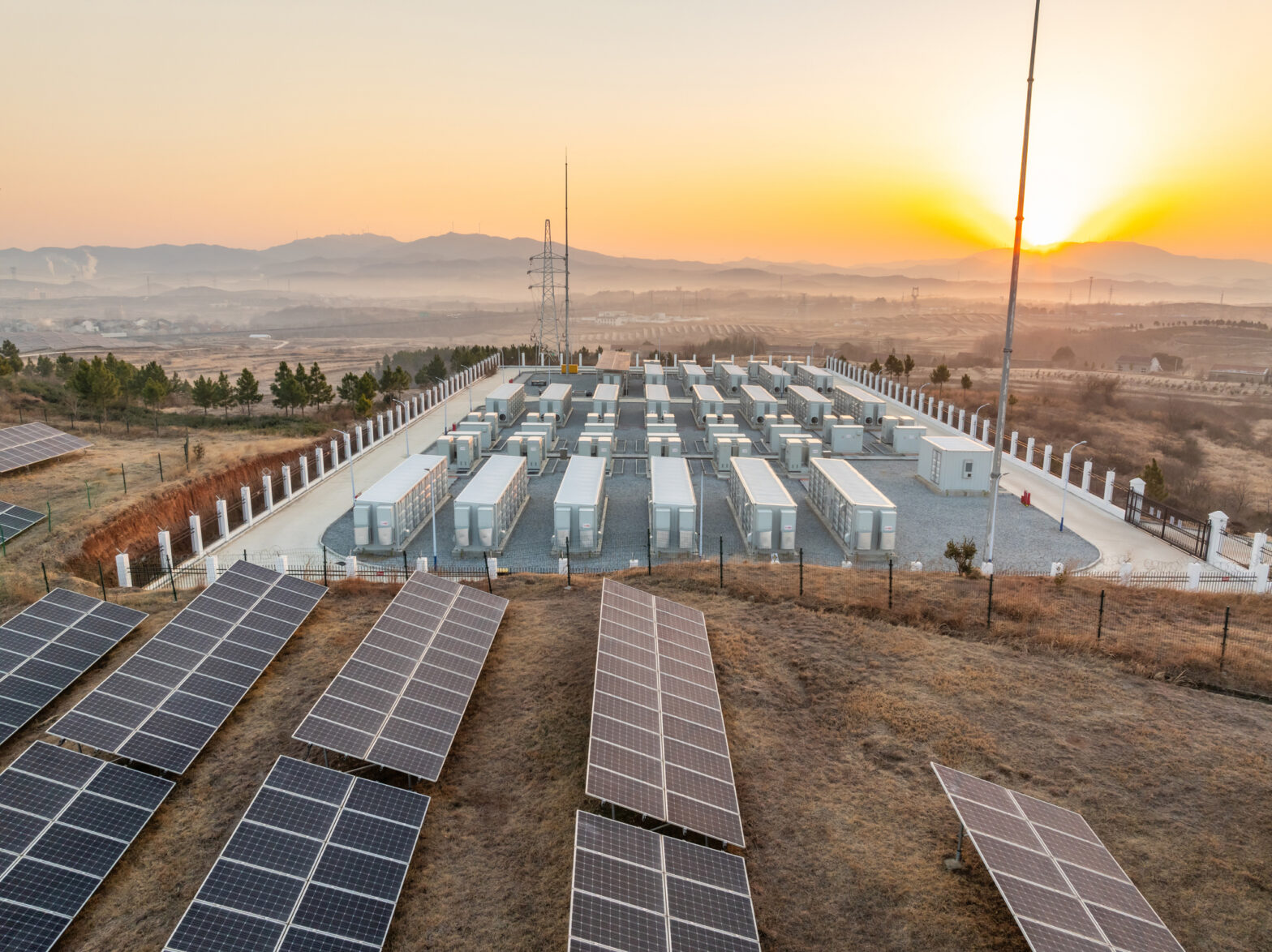Saving energy can be as simple as replacing light bulbs or adjusting the thermostat, but most utility customers need a little nudge to take action.
Behavioral Energy Efficiency, also known as BEE, is one of the most cost effective ways for utilities to generate energy savings. In fact, utilities spend an average of just 2% of their DSM portfolio budget on Behavioral Energy Efficiency, yet it produces an average of 10% of their savings.
BEE provides insights and tips to motivate and empower customers to take control of their energy usage. Home Energy Reports (HERs) are the foundation of any BEE program, resulting in 1-3% savings utility-wide. A HER will include month-to month household energy trends, some sort of comparison with energy used by similar neighboring homes and savings tips.
As an added plus, behavioral energy efficiency can also boost customer engagement and satisfaction. Working with one North American utility, Uplight found that 178,000 customers who had received a Home Energy Report enrolled in a DSM program–further compounding the savings.
Interested in getting a behavioral energy efficiency program off the ground? Here are some best practices based on Uplight’s experience working with more than 6.4 million BEE customers.
- Make home energy reports easy to understand and highly visual with graphs and images. Otherwise, customers will ignore them.
- Offer personalized recommendations and tips for customers based on size of the home, type of home, heating sources, number of occupants, and other appliance-based insights. The more personalized, the more likely a customer will take action.
- Maximize and customize the amount of channels BEE is delivered such as email, web portal, mobile, and mail.
- Take advantage of regular touchpoints with customers including Home Energy Reports, high bill and mid-cycle alerts, and more.
- Target all customer segments, including low-income customers, who can especially benefit from low or no cost recommendations.
- Money talks. Let the customer know how much money they can save as well as energy.
Behavioral energy efficiency is a win-win for customers and utilities. To get started with your behavioral energy efficiency program, get our eBook: The Future of Home Energy Reports.





